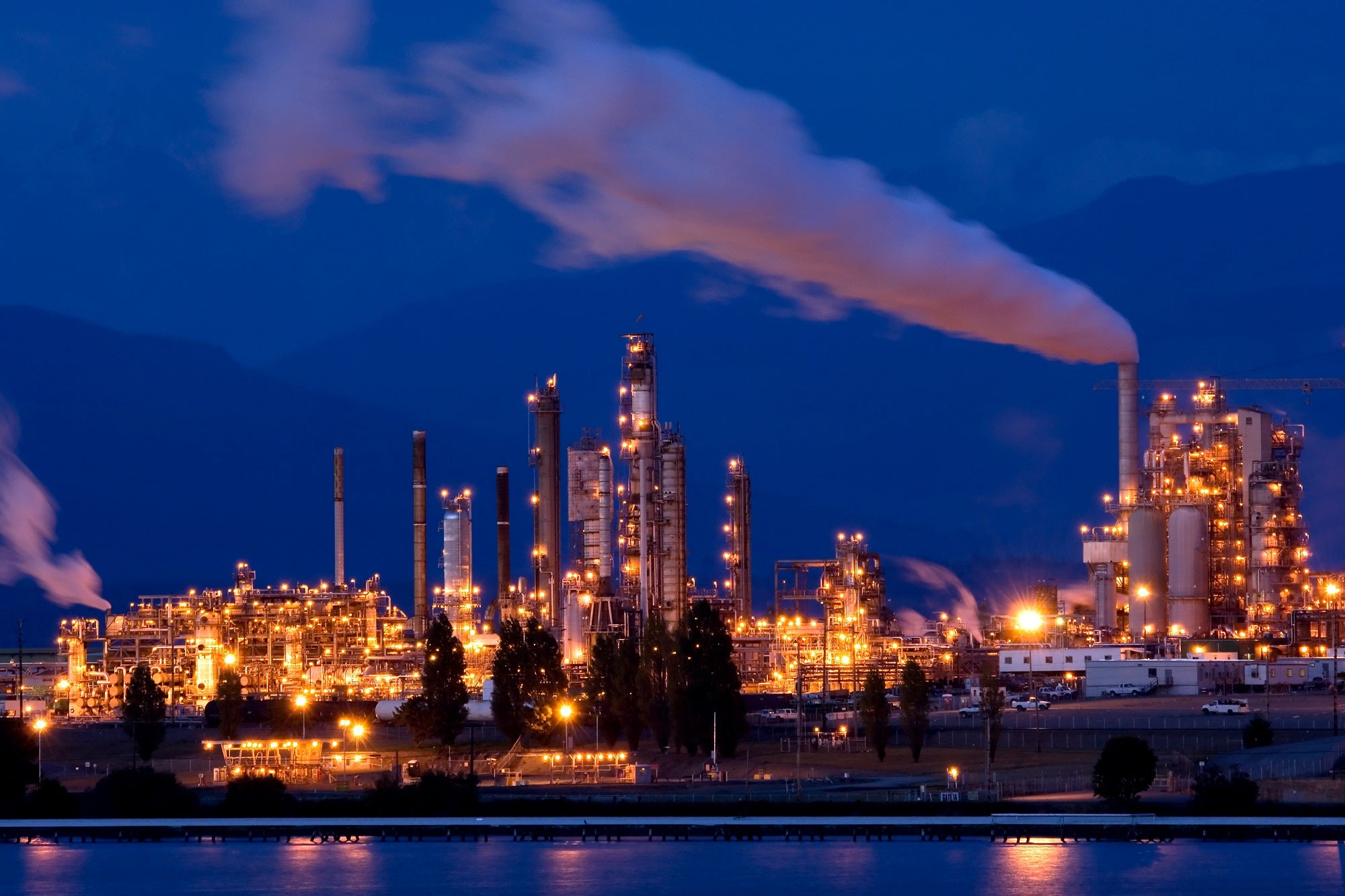
Petroleos de Venezuela PDVSA, the Venezuelan state-owned oil and natural gas company, has restarted the catalytic cracking unit at its El Palito refinery, reported Reuters, citing a government-allied legislator and multiple sources.
The reactivation of the refinery, which stopped nearly a year ago, is an important step in addressing the current fuel scarcity in the South American nation.
Following a €100m ($107m) agreement with the state-owned Iranian National Company of Petroleum Refining and Distribution (NIORDC), El Palito is undergoing significant renovation and expansion work.
According to plant employees, the fluidised catalytic cracking (FCC) unit of the plant, which has a 146,000 barrel per day (bpd) production capacity, has already started producing 20,000bpd.
Legislator Willian Rodriguez told Reuters that by Monday (12 June), the facility should be fully operational.
Unstable operations and frequent shutdowns of the county’s refining infrastructure have led to fuel shortages over recent years.
Venezuela has been working with Iran to gain access to fuel and diluents, which is refined into export-grade oil.
Since 2020, Tehran has also been supplying parts to repair Venezuela’s 1.3mbpd oil refining system.
Earlier this month, it was reported that Trinidad and Tobago had reached out to the US government to amend the Dragon gas project license.
The PDVSA-owned Dragon project, which is close to the maritime border between Venezuela and Trinidad and Tobago, was supposed to begin production more than ten years ago, but it was delayed by US sanctions and lack of sufficient funds.
It is estimated that the Dragon field could hold up to 4.2 trillion cubic feet of gas.



